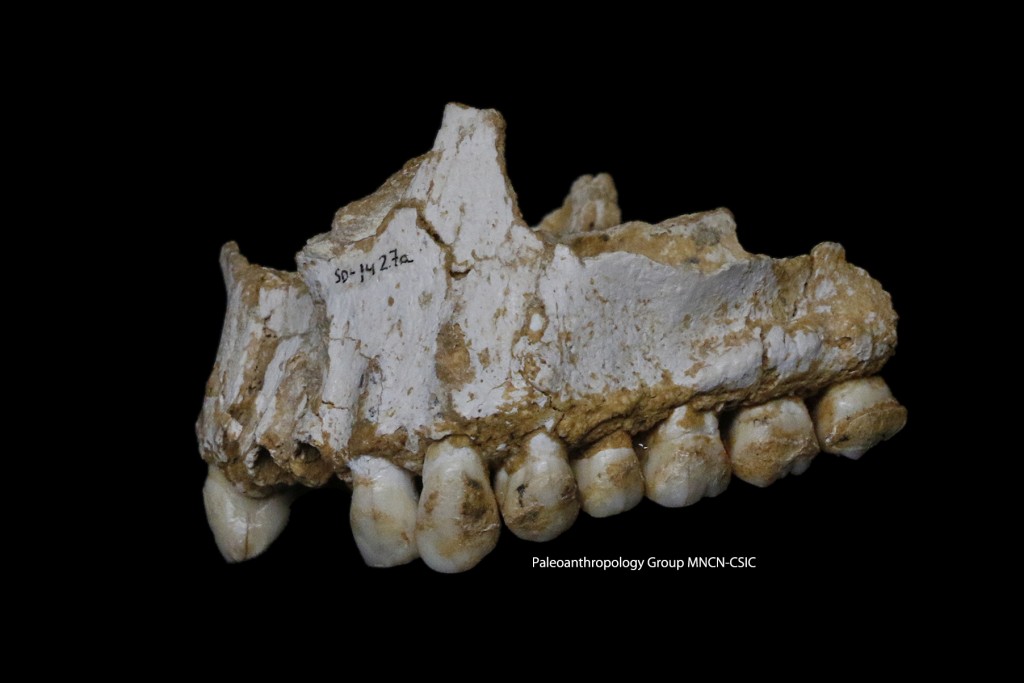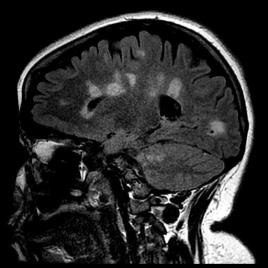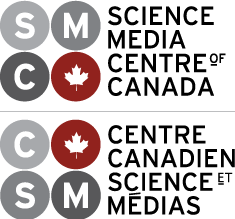
Plaque deposit is visible on the rear molar (right) of this Neandertal. (Image by Paleoanthropology Group MNCN-CSIC)
Good thing our Neanderthal cousins didn’t have a good brushing regimen, because what’s left of their dental plaque allows us to know more about their diets, habits, and diseases. New research sequenced DNA from the plaque of five Neanderthal specimens. The findings revealed that Neanderthal diets varied greatly from region to region: for example, the individual from Belgium fed on woolly rhinoceros and wild sheep, while Neanderthals from Spain had a mostly vegetarian diet, eating moss and mushrooms. Researchers also found out that the individual from Spain suffered from tooth and belly aches, and used plants to self-medicate.
Authors:
Laura S. Weyrich, Sebastian Duchene, Julien Soubrier, Luis Arriola, Bastien Llamas, James Breen, Alan G. Morris, Kurt W. Alt, David Caramelli, Veit Dresely, Milly Farrell, Andrew G. Farrer, Michael Francken, Neville Gully, Wolfgang Haak, Karen Hardy, Katerina Harvati, Petra Held, Edward C. Holmes, John Kaidonis, Carles Lalueza-Fox, Marco de la Rasilla, Antonio Rosas, Patrick Semal, Arkadiusz Soltysiak, Grant Townsend, Donatella Usai, Joachim Wahl, Daniel H. Huson, Keith Dobney & Alan Cooper
Corresponding author:
Laura Weyrich, University of Adelaide, Adelaide, Australia, Email: laura.weyrich@adelaide.edu.au
Canadian author:
Keith Dobney, Department of Archaeology, Simon Fraser University, Burnaby, British Columbia, Email: keith.dobney@abdn.ac.uk
Original paper published in Nature on March 8, 2017.


